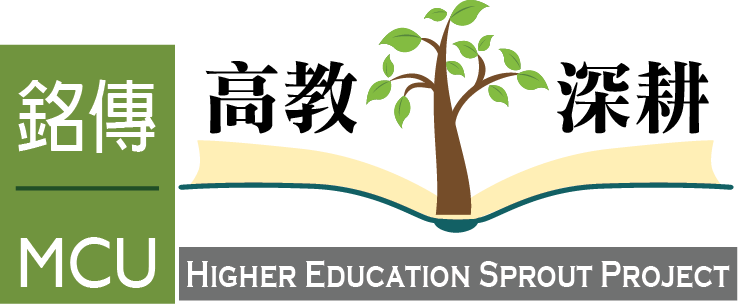This plan focuses on aligning forward-thinking strategies with the aforementioned issues, centered on the United Nations Sustainable Development Goals (SDGs).
By integrating perspectives from the humanities, technology, and professional fields, the plan aims to address teaching innovation, social responsibility, industry-academia collaboration, the public value of higher education, and the development of institutional strengths. These efforts build on analyses from evidence-based IR reports, examining current professional fields, curriculum structures, teaching methods, learning models, and environments as foundations for transformation and renewal.
Key design principles include interdisciplinary learning across media, disciplines, and contexts, fostering students’ autonomous and diverse thinking, integrating digital and humanistic approaches, reflecting on societal issues, developing innovative capabilities, and enhancing professional skills.
To cultivate sustainable talents with specialization, excellence, and internationalization, the Higher Education Sprout Project adopts a student-centered approach, planning innovation across five dimensions:
- Institutional Level: Build a fully functional AI-smart campus under the vision of “Ming Chuan Global Citizens, Smart Teaching Professionalization,” integrating expertise with practical application.
- College Level: Develop distinctive academic strengths, horizontally integrating disciplines to establish an intelligence-integrated campus. Utilize “CollegeXIII” to link SDGs with core competencies and soft skills.
- Departmental Level: Focus on life, career, professionalism, and career planning through the “3+1 Mentorship Compass” to guide students toward personalized talent development.
- Faculty Level: Construct a digital teaching support system, enabling faculty to professionalize, innovate, and humanize teaching, while expanding interdisciplinary capacities and creating innovative instructional methods.
- Student Level: Implement “learning by doing, doing by learning” principles. Engage students in experiential action through campus, community, societal, and environmental care, cultivating altruistic and responsible citizens. Promote autonomous, interdisciplinary learning across fields and domains, with AI applications helping students and faculty explore innovative solutions.
The plan seeks to enhance students’ practical skills through hands-on internships, connecting campus experiences with community, societal, and environmental initiatives. This real-world engagement ensures seamless transitions to entrepreneurship and employment after graduation.
To achieve these goals, the second-phase plan uses institutional research as an evidence-based guide and SDGs as a real-time navigation framework for learning directions.
Supported by international administration and information security infrastructure, the plan creates a resilient and high-quality learning environment where faculty and students can thrive. The four key execution objectives are:
- A. Teaching Innovation and Advancement: Strengthen intelligent learning environments and cultivate AI-enabled interdisciplinary talent.
- B. Social Responsibility: Partner with regional stakeholders to foster local engagement and development, while aspiring toward global integration.
- C. Industry-Academia Collaboration: Strengthen industry linkages, enhancing faculty and students’ capabilities in industry, teaching, research, entrepreneurship, and employment.
- D. Enhancing Higher Education Public Value: Ensure sustainable institutional operations, enabling faculty and students to flourish within an AI-smart campus that fosters creativity, innovation, and excellence in teaching and learning.
